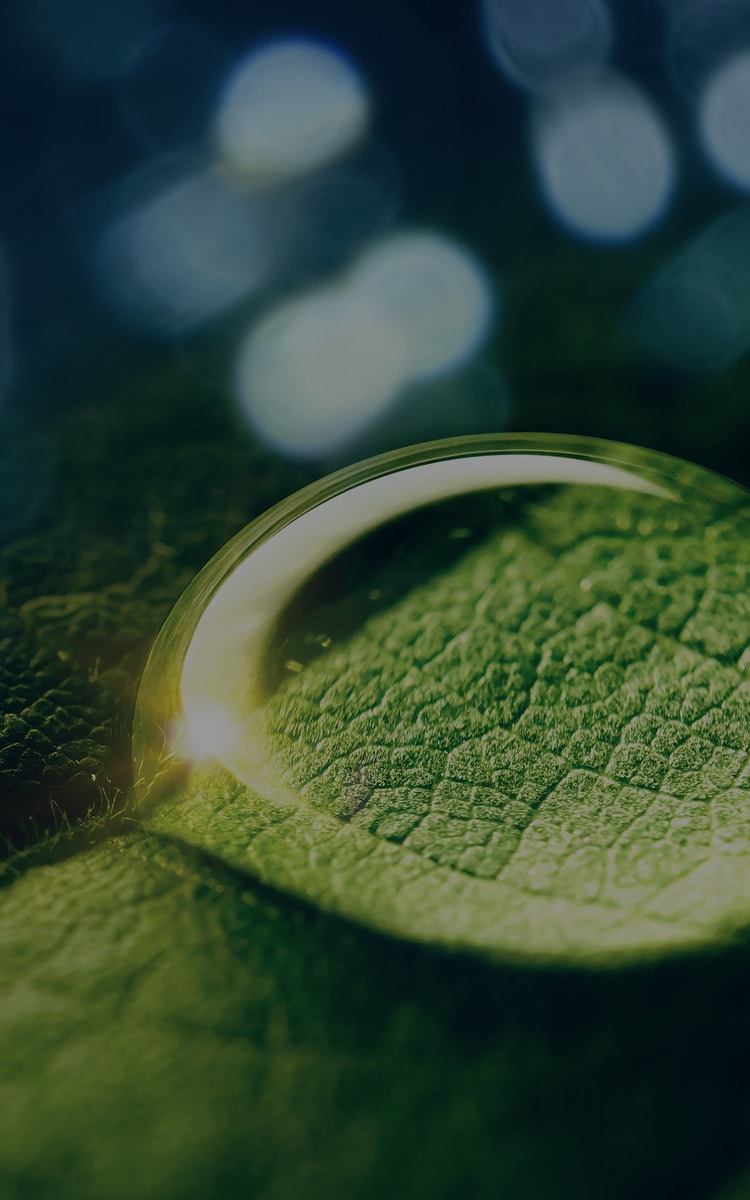In the realm of environmental conservation, water is a fundamental resource that demands our attention and care. Every drop counts, and integrating water-saving practices into our daily routines can lead to significant environmental and financial benefits.
This blog aims to shed light on innovative and practical water-saving tips that go beyond the usual advices. Let's explore how we can make a difference, one drop at a time.
1. Embrace Greywater Recycling
Greywater is wastewater from non-toilet sources, such as showers, sinks, and washing machines. Instead of letting this water go down the drain, consider reusing it for flushing toilets, watering plants, or even for your washing machine. Systems can be installed to divert greywater for these purposes, significantly reducing your freshwater consumption.
2. Harvest Rainwater
Rainwater harvesting involves collecting and storing rainwater from rooftops for later use. This can be as simple as using barrels or more complex systems that integrate into your home's water supply. Rainwater can be used for irrigation, washing cars, and with proper treatment, even for indoor non-potable uses.
3. Install Water-Saving Fixtures
Technology offers a plethora of water-saving solutions. Low-flow showerheads, toilets, and faucet aerators can drastically reduce water usage without compromising performance. For instance, modern low-flow showerheads can save up to 2 gallons of water per minute compared to traditional ones.
4. Practice Smart Landscaping
Landscaping choices can significantly impact your water consumption. Opt for drought-resistant plants and native species that require less water. Employing mulch around plants can help retain soil moisture, reducing the need for watering. Consider xeriscaping, a landscaping method that minimizes water use yet maintains a beautiful garden.
5. Change Washing Habits
In kitchens and laundries, there is potential to significantly reduce water waste. Modern appliances are designed with efficient water use in mind, regardless of load size. Utilizing the eco-friendly settings on dishwashers and washing machines can substantially decrease water consumption. Also, instead of suggesting hand washing dishes, which may imply increased water usage, it's more effective to emphasize the importance of using water-efficient appliances and practices that align with sustainable water management.
6. Fix Leaks Promptly
A dripping faucet or a leaking toilet can waste thousands of gallons of water annually. Regularly check your home for leaks and repair them promptly. Often, fixing leaks is simple and inexpensive but can lead to substantial water savings.
7. Use a Broom Instead of a Hose
Cleaning driveways, sidewalks, and patios with a hose can use hundreds of gallons of water. A broom offers an effective and waterless alternative for these tasks, saving water and providing a bit of physical activity.
8. Educate and Encourage Others
Sharing knowledge and practices about water conservation can amplify your impact. Educate your family, friends, and community about the importance of saving water and how they can implement these tips in their daily lives.
9. Monitor Your Water Usage
Finally, keeping an eye on your water usage can help identify areas for improvement. Many utilities offer tools for tracking your water consumption. Understanding your water usage patterns can help tailor your conservation efforts more effectively.
Water conservation is not just about saving water; it's about ensuring a sustainable future for our planet. By adopting these innovative and practical tips, we can all contribute to a significant reduction in water usage. Remember, every action counts, and together, we can make a substantial impact on conserving this precious resource. Let's commit to being mindful of our water use and making changes that help preserve it for generations to come.
BONUS: The Impact of Individual Water-Saving Efforts: Real-World Examples
When it comes to conserving water, many might wonder if individual efforts can truly make a difference. The answer is a resounding yes. By adopting water-saving practices, not only can individuals significantly reduce their own water consumption, but they can also contribute to wider environmental benefits. Let's delve into some real-world examples to illustrate the impact that one person's water-saving efforts can create.
Fixing Leaks
A single dripping faucet can waste about 20 gallons of water per day. Over the course of a year, that amounts to 7,300 gallons of water wasted. By fixing a leak, an individual can save an equivalent amount of water needed to fill over a hundred bathtubs. If every household in a community of 10,000 people fixed a dripping faucet, the collective savings could reach 73 million gallons of water annually.
Installing Low-Flow Showerheads
Traditional showerheads have a flow rate of around 5 gallons per minute (gpm), whereas low-flow showerheads reduce this to about 2 gpm. For an individual who takes a 10-minute shower daily, switching to a low-flow showerhead can save 30 gallons per shower. Annually, this amounts to saving approximately 11,000 gallons of water. In a city of 100,000 households, switching to low-flow showerheads could save over 1 billion gallons of water each year.
Using a Rain Barrel
A rain barrel can collect about 300 gallons of water from a single inch of rainfall on a 1,000 square foot roof. This harvested rainwater can then be used to water gardens, wash cars, or for other outdoor uses, directly reducing the demand on municipal water supplies. Over the course of a typical year, an individual could potentially save thousands of gallons of water, contributing to reduced water treatment and distribution costs for the community.
Full Loads in Dishwashers and Washing Machines
By running only full loads, an individual can save up to 1,000 gallons of water per month. This practice not only reduces water consumption but also decreases energy usage and extends the life of appliances. In a neighborhood of 500 homes, optimizing laundry and dishwashing could save half a million gallons of water every month.
Educating Others
The impact of an individual's water-saving efforts is magnified when they inspire others to follow suit. If one person's actions lead to just five other people adopting similar water-saving practices, the collective impact is significantly amplified. This ripple effect can transform communities and even influence policy changes at the local or national level.





